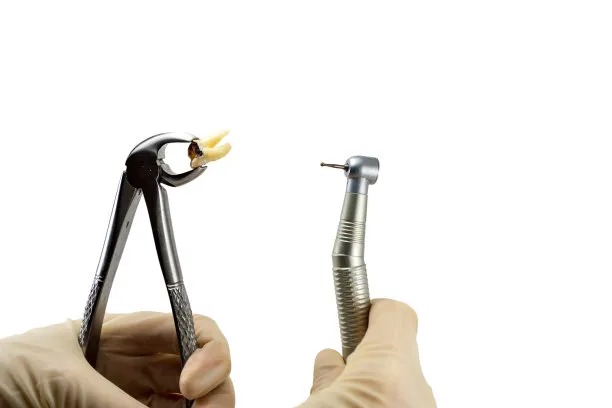Essential Guidelines and Precautions to Ensure Safe and Effective Root Canal Treatment for Optimal Oral Health
Summary: Root canal treatment is an essential procedure for preserving oral health, especially when dental pulp becomes infected. This article outlines crucial guidelines and precautions to ensure safe and effective root canal treatments. It delves into the importance of patient evaluation, sterilization techniques, pain management, and post-treatment care. Each aspect is designed to maximize the effectiveness of the procedure while minimizing complications, ultimately leading to optimal oral health. By following these recommendations, both patients and dental practitioners can ensure a smoother and safer dental experience.
1. Importance of Comprehensive Patient Evaluation

The first step in ensuring safe and effective root canal treatment is a thorough patient evaluation. Dentists must gather comprehensive medical and dental histories to identify any underlying health issues that may affect the procedure. Conditions like diabetes, heart disease, or previous allergic reactions can significantly impact treatment approaches.
Radiographic examination is equally crucial. Dentists rely on X-rays to assess the extent of the infection, the size and shape of the root canals, and any additional issues in surrounding tissues. This imaging helps in planning the treatment that will be the most effective for the patient.
Finally, understanding the patients anxiety level and pain tolerance can guide the provider in discussing the procedure and managing expectations, ensuring a cooperative and calm environment.
2. Strict Sterilization Techniques in Procedures
Sterilization is a fundamental aspect of any dental procedure, and root canal treatment is no exception. All instruments must be meticulously cleaned and sterilized to prevent cross-contamination and ensure patient safety. Using autoclaves and single-use instruments can significantly minimize the risk of infection.
Furthermore, proper hand hygiene and the use of personal protective equipment (PPE) are vital when performing root canal treatments. Dentists and their assistants should maintain rigorous standards to create a sterile environment, contributing to an overall safe treatment experience.
Adopting state-of-the-art technology like ultrasonic scalers and apex locators can enhance sterilization processes. These tools not only help in cleaning but also improve the accuracy and efficiency of the treatment.
3. Pain Management Before and After Treatment
Pain management is crucial in ensuring patient comfort during root canal treatment. Dentists must carefully select anesthetics to effectively numb the area, allowing for a pain-free experience. Many practitioners now utilize sedation techniques to address anxiety, making the procedure more tolerable for fearful patients.
Post-treatment pain management is equally important. Dentists should provide clear instructions regarding the use of over-the-counter pain relief medication, including NSAIDs if the patient is not contraindicated. This helps in minimizing discomfort during the recovery process.
Additionally, regular follow-up appointments are recommended to monitor the patients recovery, allowing for adjustments to pain management strategies when necessary. This ensures consistent comfort and satisfaction during the healing phase.
4. Effective Post-Treatment Care Instructions
After a root canal treatment, patients need clear and concise post-treatment care instructions to ensure a successful recovery. Dentists should inform patients about potential side effects and signs of complications, such as prolonged pain or swelling, which may require prompt attention.
Dietary recommendations are also important. Patients should avoid hard, crunchy, or sticky foods for a certain period after the procedure to protect the treated area. Soft foods are advisable to facilitate healing without unnecessary discomfort.
Lastly, emphasizing regular dental visits for follow-up checks can significantly aid in monitoring the treatments success. Continuous professional care and support can enhance overall oral health and help identify potential issues early on.
Summary: In summary, the successful execution of a root canal treatment hinges on multiple factors, such as thorough patient evaluation, rigorous sterilization, effective pain management, and diligent post-treatment care. Each of these aspects contributes to the safety and effectiveness of the procedure, ultimately preserving oral health and enhancing patient satisfaction.
By adhering to these essential guidelines and precautions, dental practitioners can provide optimal care that aligns with best practices, leading to better outcomes for patients. Remember, a successful root canal treatment leads to a healthier, pain-free future.
This article is compiled by Vickong Dental and the content is for reference only



